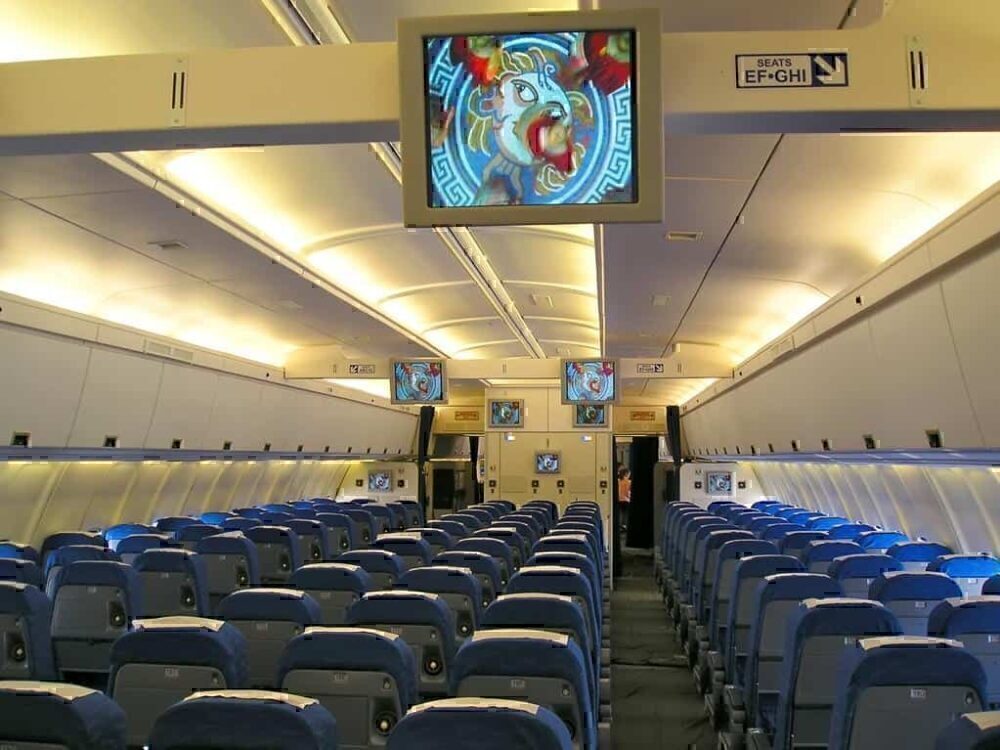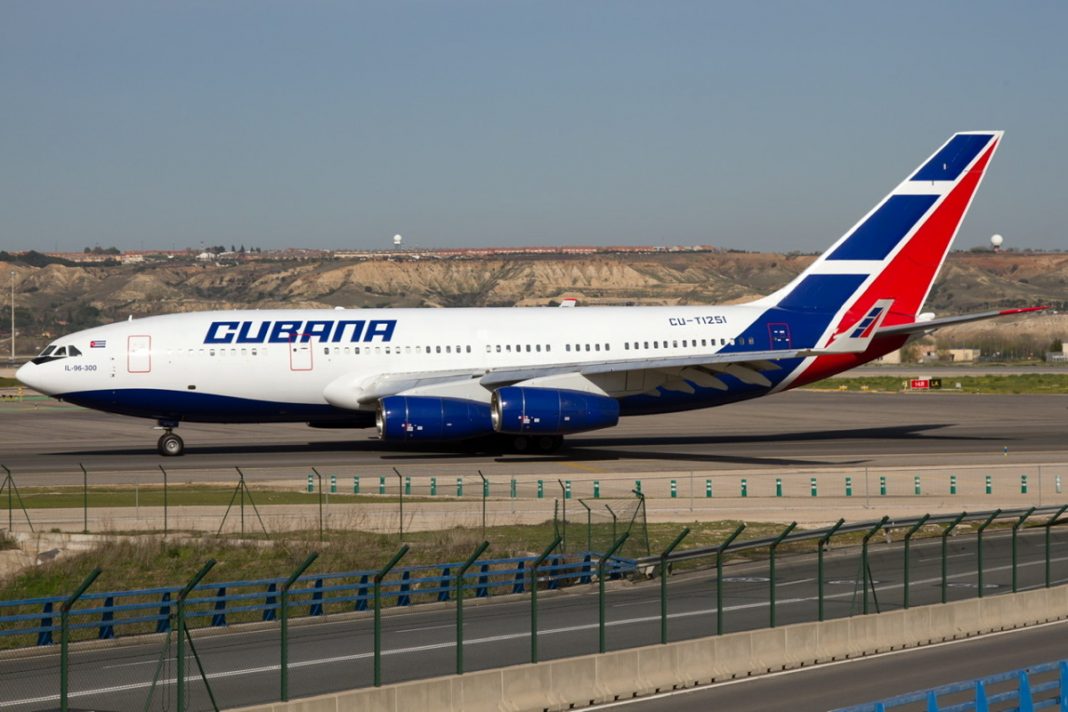Last year, Cubana de Aviación celebrated its 90th birthday. The flag carrier of Cuba has had an eventful story since being founded in October 1929. Today, it continues to fly across the world with its 17 aircraft, including four of the uncommon Ilyushin Il-96 jets.

Rare chance
It is becoming increasingly hard to hop on an Ilyushin Il-96 these days. The quadjet was introduced with Aeroflot back in December 1992, but today, only a handful of carriers operate it. Notably, Cubana is the only airline outside of Russia to conduct services with the widebody aircraft.
No more than 30 units of the long-haul specialist were ever produced. Moreover, Cubana was late to the party when it came to snapping up the type. The first official flight of the airline’s Il-96-300 was on January 3rd, 2006. The service was between the Cuban capital of Havana to Buenos Aires, Argentina.
Only three years later, Russia’s minister of industry and trade, Viktor Khristenko, shared that manufacturing of the Il-96-300 would stop. This model specifically was seen as inferior to similar productions from competitors such as Airbus and Boeing.
Altogether, it could not compete commercially with only one or two units of the jet being completed each year. So, the construction of the -300 variant was halted while the Il-96-400T cargo edition stayed in production.
Above all, only four Il-96-300s are in action on passenger services conducted by an airline outside of Russia. Moreover, the units that are flying in the country are primarily used for government activity. Therefore, Cubana’s operations with the jet are a genuine rarity. The first three units arrived straight to the operator between 2005 and 2006. However, the latest one was a former Aeroflot plane, which was delivered to the Havana-based outfit in 2014.

The journey
Along with Buenos Aires, over the years, Cubana has been flying the Il-96 to key European destinations such as Madrid and Paris. Those wanting to hop on the jet before it is phased out fully might want to consider flying on one of these routes.
Business class or Clase Tropical is configured in a classic 2-2-2 setting with recliner seats. There are IFE screens in the arm of these seats, but according to Wandering Aramean, these can get stuck at on a plain, blue screen throughout the flight, meaning that the only IFE available is on overhead monitors.
Meanwhile, the economy class is formatted in a 3-3-3 layout. Additionally, there are no overhead bins over the center section of seats in this cabin. This omission gives an extra spacious feel that is complemented by the white and blue finish of the interior.
Flight schedules may be inconsistent at the moment due to the global health crisis. However, according to FlightMapper.net, flight CU470 is scheduled to leave José Martí International Airport on Thursdays at 21:05. The Il-96 takes 9 hours and ten minutes to arrive at Madrid-Barajas Adolfo Suárez Airport the next day at 12.15.
Meanwhile, the return flight, CU470, leaves Spain on Fridays and takes a little longer to cross the Atlantic. It departs at 14:15 to arrive in Cuba at 19:55 on the same day. For more information on how to purchase tickets for Cubana’s services, such as flights with the Il-96, visit the company’s website.

Cubana’s history
In the past, Cubana tried its hand at western aircraft such as planes manufactured by McDonnell Douglas and Vickers-Armstrongs. However, during the time of the Cold War, Cuba became heavily aligned with the Soviet Union and received aeronautical backing from the communist powerhouse.
Fidel Castro valued Cubana as a massive asset for his nation. Even though the airline was a great tool to build foreign relations, many of Cuba’s skilled aviation professionals left for Florida, giving way to many gaps in personnel. Moreover, several of the airline’s aircraft were implicated in bombings and hijacking attempts during the Cold War.
Following the collapse of the Soviet Union in 1991, the United States’ embargo continued on Cubana, with a ban over US airspace still in place throughout the 1990s. Nonetheless, the carrier went on to serve over 35 international cities across the Americas and Europe.
At the turn of the century, the firm did experiment with mainstream western aircraft once again, such as the Airbus A320 and A330 jets that it leased. Nonetheless, today, the company doesn’t have any Boeing or Airbus planes in its fleet.
Along with the Il-96s, Cubana holds six An-158 aircraft, four Tupolev Tu-204s, and three French ATR-72s. However, 11 of its aircraft remain on the ground due to the global downturn in passenger activity.

A distinctive jet
Even though the Il-96 was introduced during the time of the Russian Federation, it was actually a Soviet brainchild. The -300 can fit up to 300 passengers and three cockpit crew onboard. It is powered by four Aviadvigatel PS-90 engines, which help the plane reach cruising speeds of 540 mph. Moreover, the jet holds a range of 6,209 nautical miles.
Altogether, several historic aircraft types are being phased out in the modern era. Also, with airlines continuing to reshuffle their fleets in response to the change in the global aviation spectrum, it could become even harder to hit the skies with the Il-96.
Cubana may not be the most prominent international airline in recent times, but it is a pioneering veteran in the industry, with nine decades of experience. Therefore, flying on an Ilyushin Il-96 with the carrier would be a unique experience.
What are your thoughts about Cubana de Aviación’s services with the Ilyushin Il-96? Do you have any memories flying with the airline or the jet over the years? Let us know what you think of these operations in the comment section.



